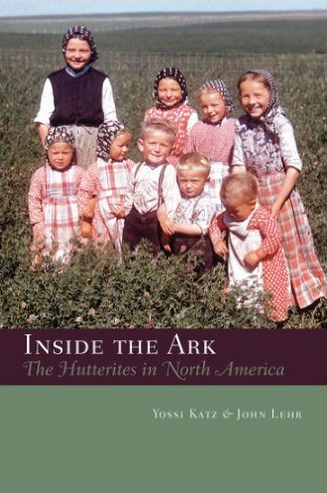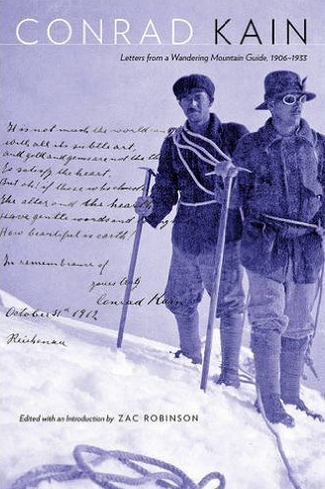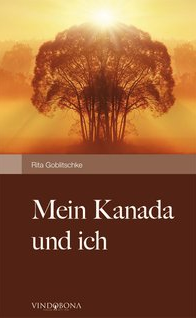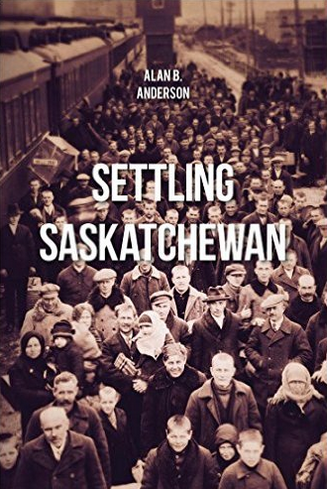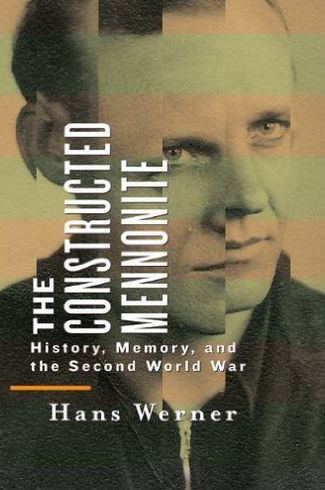


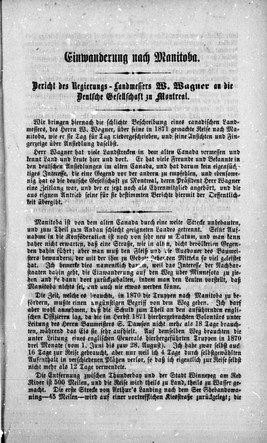


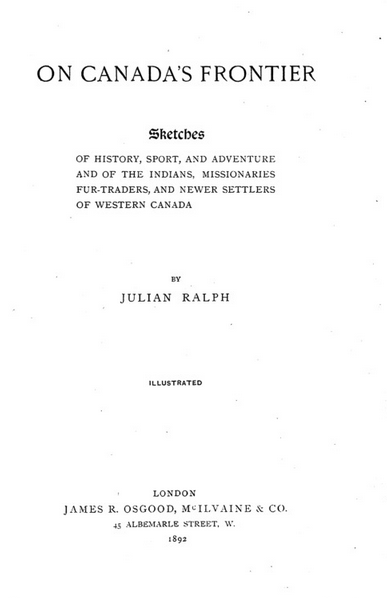

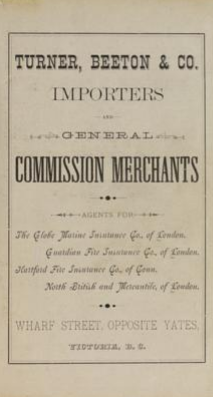
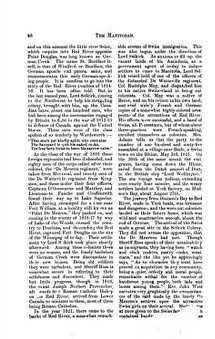

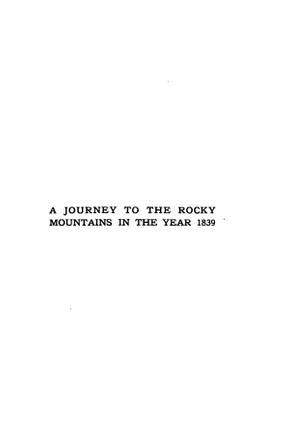











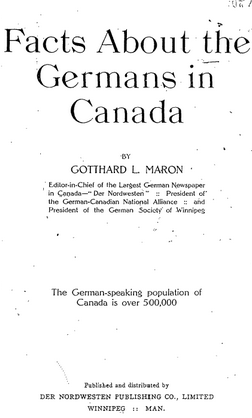
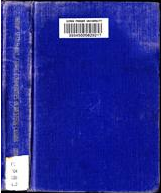

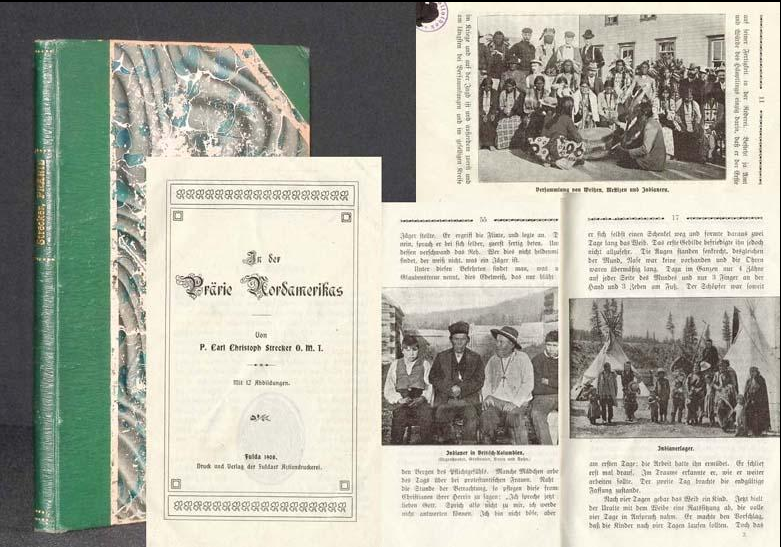




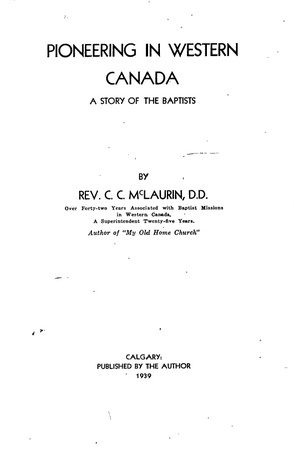


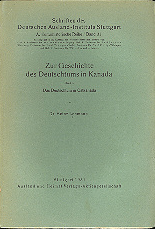






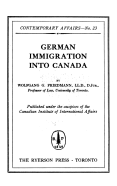








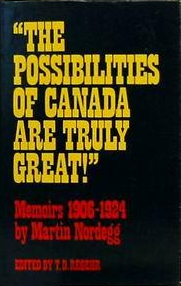
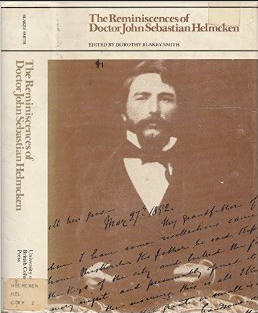

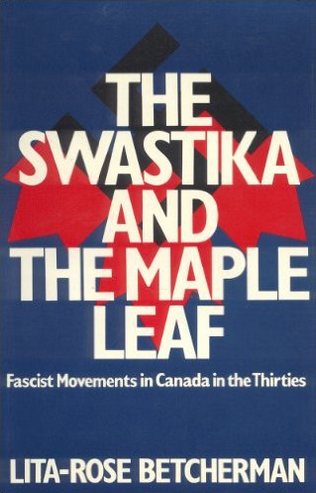


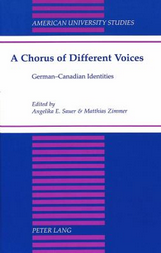

Introduction: Reflections on the Austrian Identity in the Old World and the New / Franz A. J. Szabo
I. Growth of Austro-Canadian Relations to 1968 / Robert H. Keyserlingk and Bettina S. Steinhauser
II. Austrian Immigration to Canada in the Imperial Period / Michaela C. Schober
III. Austrian Immigration to Canada between the World Wars / Michaela C. Schober
IV. Austrian Refugees of World War II / Anna Maria Pichler and Gabrielle Tyrnauer
V. Post-War Austrian Immigration to Canada / Bettina S. Steinhauser
VI. Sociological Profile of Austrian-Canadians / Peter Suschnigg
VII. Achievements and Contributions of Austrian-Canadians / Frederick C. Engelmann and Manfred Prokop.









II. Demographic Patterns of Austrian-Canadians, 1900-1991 / Gertrud Neuwirth and John de Vries
III. Push and Pull Factors for Overseas Migrants from Austria-Hungary in the 19th and 20th Centuries / Michael John
IV. Austrians Abroad: Austrian Emigration after 1945 / Traude Horvath and Gerda Neyer.



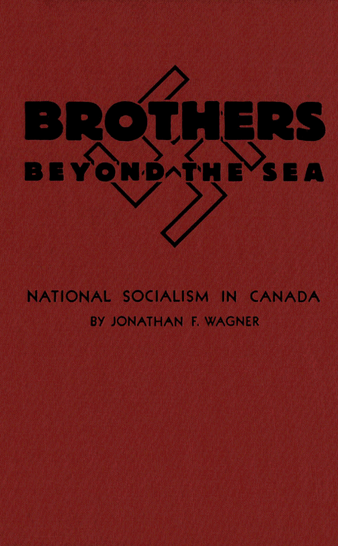



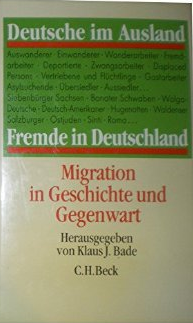









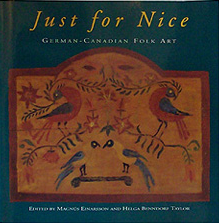
p.23 – Approaches to word and image in German-Canadian folk art
p.25 – “Look what these hands have done!” Meaning in German-Canadian folk art
p.28 – Diversity and flux in Manitoba Mennonite material culture
p.35 – Motif and message in German-Canadian folk art
p.40 – Furniture and Furnishings
p.58 – Personal effects (handkerchiefs, clothing and accessories, etc.)
p.65 – Tools and equipment
p.71 – Play and leisure items
p.76 – Traditional decorative arts
p.87 – Contemporary folk and artists



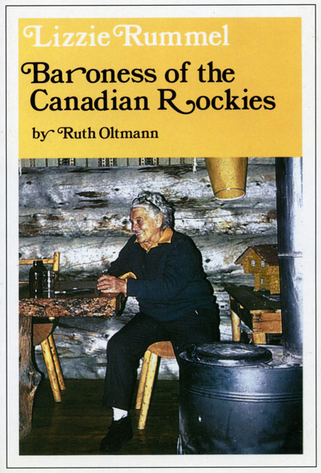



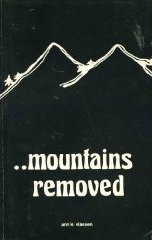
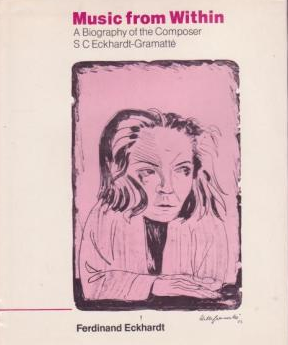




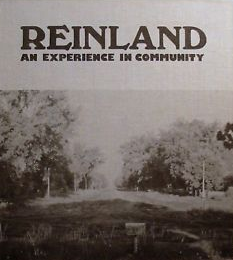




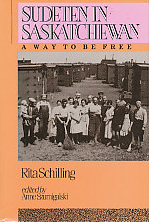
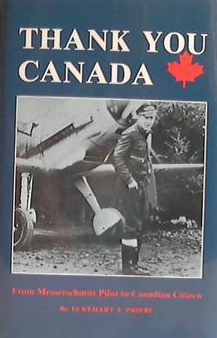


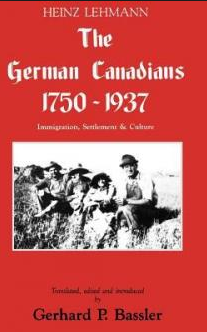
Chapter I: German Migrations to the Territory of Present-Day Canada Prior to Confederation
Chapter II: Pioneers and Colonizers in the Maritimes, Quebec and Eastern Ontario
Chapter III: Little Germanies in Nineteenth-Century Southwestern Ontario
Chapter IV: From the Russian Steppes to the Prairie Frontier / etc.
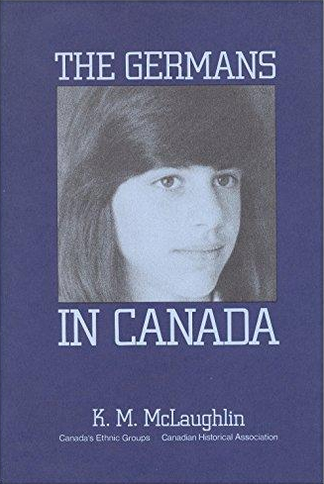
–

The book is the author’s personal reminiscences and reflections on the village on Vanscoy, SK. The author was born in Saskatchewan in 1929. Gertrude E. Story (born Wudrick) was one of Saskatchewan’s known storytellers and writers. Her early years growing up in a German Lutheran farming environment formed the background to much of her writing. Please see bio at http://library.usask.ca/archives/exhibitions-digital/exhibitions/gertrude-story-1926-2014.php”

Essays on German immigrants in Canada.

–
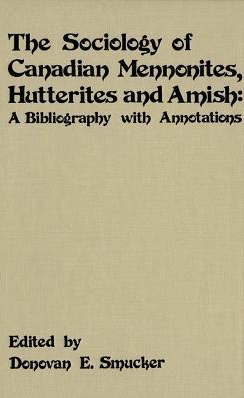
–

–
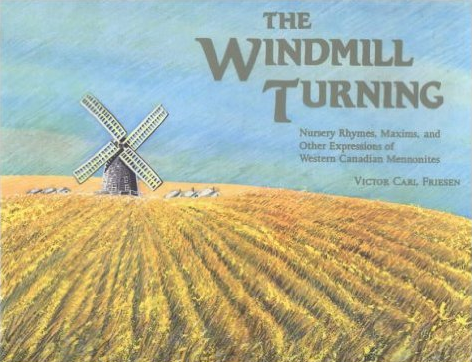
History of the Mennonite language (Low German). Also, the publication includes folk song lyrics in Low German.

–
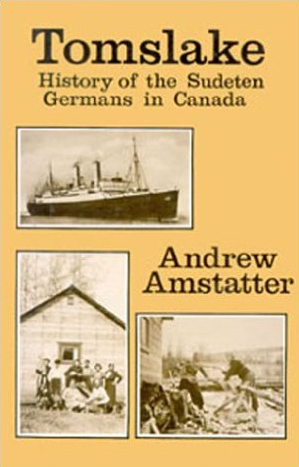
The author writes about his experiences as one of the settlers who immigrated in the 1930’s from Sudeten-Germany to Northern BC.
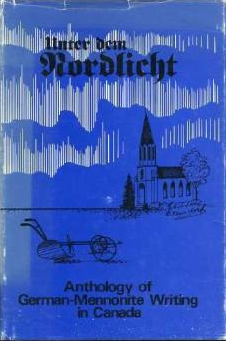
The publication includes poems and essays written by Mennonite writers, mostly in German. The introduction gives an overview of German-Canadian writers in Canada.

Please see Chapter 3: Social Maps: Ethnic Heritage. It includes a visualization of the shifts of German neighbourhoods in Vancouver, BC.

–

–


Volume 1: From the 1880’s to the present
Volume 2: Profiles of German-Albertans, 1953 to the present
Volume 3: History of the teaching of German in Alberta, [from the turn of the 20th century to the present]
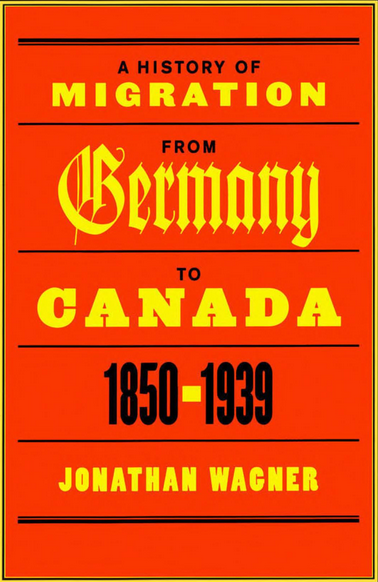
Human migration figures prominently in modern world history, and has played a pivotal role in shaping the Canadian national state. Yet while much has been written about Canada’s multicultural heritage, little attention has been paid to German migrants although they compose Canada’s third largest European ethnic minority.
1. Migration 1850’s & 1860’s,
2. Migration 1870-1890,
3. Migration 1890-1914,
4. Interwar Migration 1919-1939

1932 in Forchheim bei Karlsruhe geboren, erlebt der Autor Frank Oberle das Elend des Krieges hautnah mit – als 13 jähriger schlägt er sich mit einem Freund zusammen zu Fuß von Polen ins heimatliche Forchheim durch. Es gelingt ihm, den immer näher kommenden russischen Truppen und dem Inferno von Dresden knapp zu entgehen. Im Jahr 1951 entschließt sich Frank Oberle, Deutschland zu verlassen und in Kanada sein Glück zu versuchen. Er arbeitet als Tellerwäscher, Holzfäller, Goldgräber und Unternehmer, bis er schließlich als Minister für Wissenschaft und Technologie und später für Forstwirtschaft unter Brian Mulronys Regierung arbeitet.
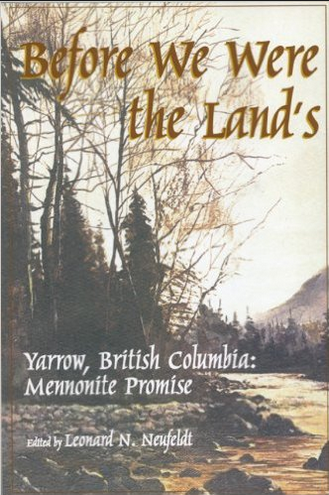
Memories by Russian-German settlers in Yarrow, BC.

Das Buch ist das Produkt einer Freundschaft zwischen einem österreichischen Autor und einem Exilierten. Hans F. Reichenfeld, geb. 1923 in eine jüdische Familie in Wien, wo er 1933-38 das Akademische Gymnasium besuchte, flüchtete im August 1938 nach Großbritannien. Im Mai 1940 als Enemy alien auf der Isle of Man interniert, wurde er nach Kanada deportiert, durfte aber 1941 nach Großbritannien zurückkehren. Aktivist von Young Austria, meldete er sich 1944 freiwillig zur Royal Air Force. 1947-52 studierte er Medizin in London und praktizierte als Allgemeinmediziner in Birmingham. 1966 übersiedelte er mit seiner Familie nach Kanada. 1972 schloß er die psychiatrische Fachausbildung in Ottawa ab, wo er bis heute als Psychiater und Universitätslehrer lebt. Sein Spezialgebiet ist die geriatrische Psychiatrie.

The Ale-Lager spit: a story of German immigrants shaping the beer preferences in Western Canada with their breweries in the 1880’s.
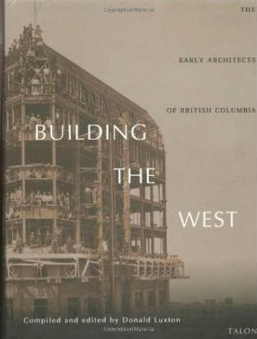
p. 446-447 Hanns Carl Berchtenbreiter (German immigrant from Munich)
p. 402 Emanuel Joeseph Bresemann (Born in Everett, Washington to German immigrants)
p.416-417 Theodor Frederick Koerner (Born in England to German parents)
p.244-245 Emile Guenther (German born architect)
p.41-43 Hermann Otto Tiedeman (born in Germany, architect in Victoria)



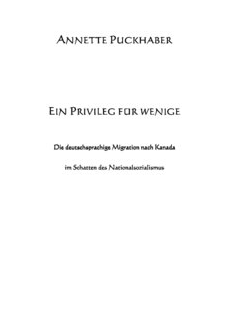
Primary sources:
3.1 Der Fall Anna Feldmann (p. 107): Sudeten-German who escaped to Tupper, BC and lived afterwards in Winnipeg, Manitoba.
4.1 Der Fall Herbert Lange (p. 173): Jewish-German lived in Duesseldorf and was a Prisoner of War before he became a Canadian citizen. he also lived in Winnipeg, Manitoba.”



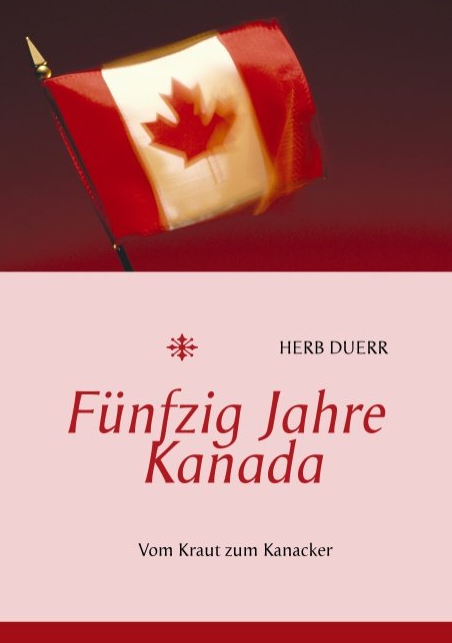
Auch diese Ausgabe enthält seine eingehend erforschten und oft umstrittenen Ansichten über die historische, kulturelle und soziale Evolution des kanadischen Milieus, wie er es erlebte.
Mit delikaten persönlichen Erlebnissen, und äußerst kritischen Betrachtungen unserer modernen und postmodernen Existenz, bezeugt er seine kanadische Perspektive

Chapter 7: Canadian German: Identity in Language (with interview excerpts)
Chapter 17: The Diasporic Moment: Elise von Koerber, Dr. Otto Hahn, and the Attempt to Create a German Diaspora in Canada
Chapter 20: Associating or Quarrelling? Migration, Acculturation, and Transmission among Social-democratic Sudeten Germans in Canada
Chapter 21: Sudeten German Refugees in Canada and the Forced Migration of Germans in Postwar Central and Eastern Europe
Chapter 25: German Diaspora Experiences in British Columbia after 1945
Chapter 39: Use It or Lose It? Language Use, Language Attitudes, and Language Proficiency among German Speakers in Vancouver

–

Imagined Homes: Soviet German Immigrants in Two Cities is a study of the social and cultural integration of two migrations of German speakers from Eastern Europe and the Soviet Union to Winnipeg, Canada in the late 1940s, and Bielefeld, Germany in the 1970s. Employing a cross-national comparative framework, Hans Werner reveals that the imagined trajectory of immigrant lives influenced the process of integration into a new urban environment. Winnipeg’s migrants chose a receiving society where they knew they would again be a minority group in a foreign country, while Bielefeld’s newcomers believed they were “going home” and were unprepared for the conflict between their imagined homeland and the realities of post-war Germany. Werner also shows that differences in the way the two receiving societies perceived immigrants, and the degree to which secularization and the sexual and media revolutions influenced these perceptions in the two cities, were crucially important in the immigrant experience.

Chapter 13: From the Fatherland (the chapter is about German immigrants living in Vancouver).

Please see “Immigration and return migration of German nationals, Saskatchewan 1919 to 1939” by Grant W. Grams.
This essay examines the migration of German nationals to Saskatchewan between 1919 and 1939. Immigration statistics will also be used to show the numerical fluctuations in the province.

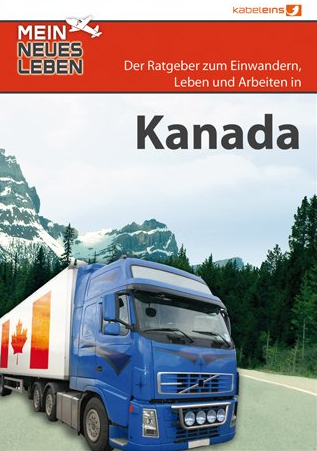




“Voices From the Borderlands: The Problem of “Home” in the Oral Histories of German Expellees in Canada” by Sylvia Brown
“Germany and Zionism in the Works of A. M. Klein” by Axel Stahler
“Dividing and Reuniting Grandmothers, Mothers and Daughters: The Black Motherline, Vergangenheitsbewaltigung Studies, and the Road Genre in Suzette Mayr’s The Widows” by Doris Wolf
The publication includes excerpts of German-Canadian diaries.
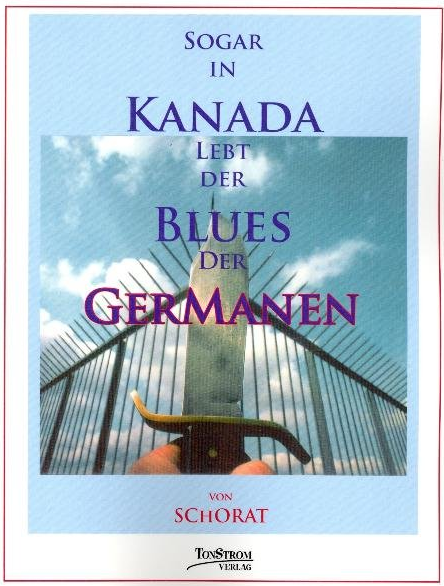
“Schroeder`s German family settles on a small Fraser Valley farm in British Columbia and proceeds to try making sense of “The English who surround them”.

–
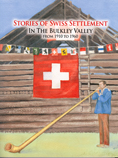
Statistics and history of the valley; ca. 45 immigrant stories of Swiss immigrants who came to the Bulkely Valley; incl. photographs.
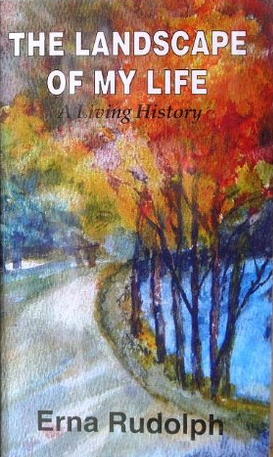
Author immigrated to Vancouver, BC after the Second World War with her husband and two children.

Peter Hessel grew up in Nazi Germany. He was a member of the junior branch of the Hitler Youth movement – known as the Jungvolk. After the war, he emigrated from Germany to Canada and worked as a translator for the Government of Canada, as well as becoming a writer of Canadian and immigrant history. In the course of writing his memoirs of his experiences in Nazi Germany, he uncovered a tantalizing story – the tale of an unknown Canadian airman murdered after a massive bomber raid.

–
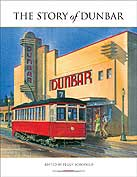
Small section on German immigrant Alvo von Alvensleben (p. 59).

“To A Brighter Future” is the story of one family’s dream and prayer to make a better life for their children. It tells of the growing-up years in a relatively affluent Germany, which quickly changed during the great inflation of the early twenties, then fell into ruin after World War ll. This book chronicles the immigration of two young people to Canada in 1928 and follows their struggles.


Chapter 2: Gender in German-Canadian Studies: Challenges from across the Borders by Christiane Harzig
Chapter 5: Germania in Canada – Nation and Ethnicity at the German Peace Jubilees of 1871 by Barbara Lorenzkowski
Chapter 6. Weak Woman Standing Alone: Home, Nation, and Gender in the Work of German-Canadian Immigration Agent Elise von Koerber, 1872-84 by Angelika Sauer
Chapter 10. Germans into Europeans: Expellees in Postwar Canada by Pascal Maeder
Chapter 12. Reimagining German-Canadians: Reflections on Past Deconstructions and Literary Evidence by Myka Burke






